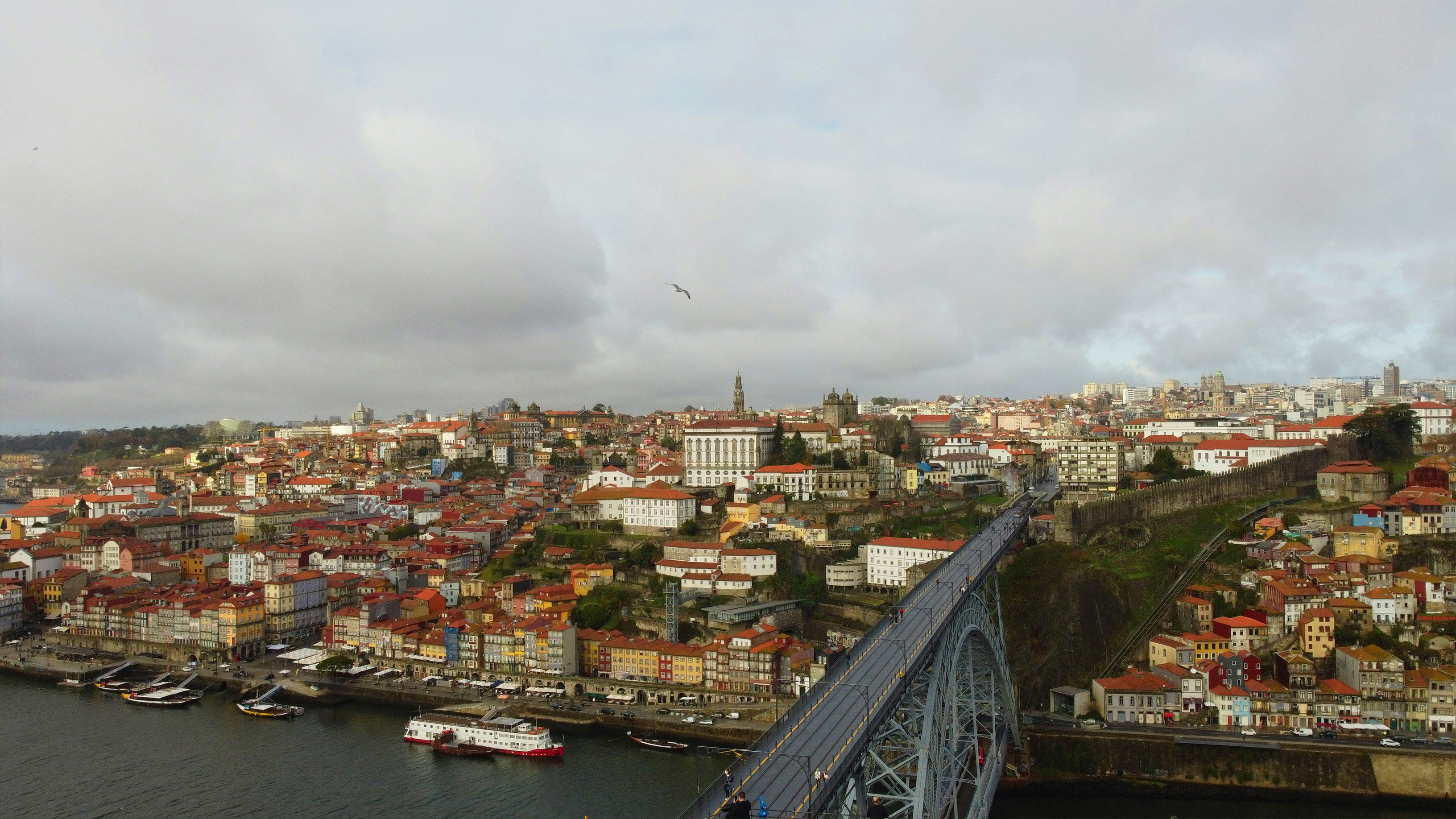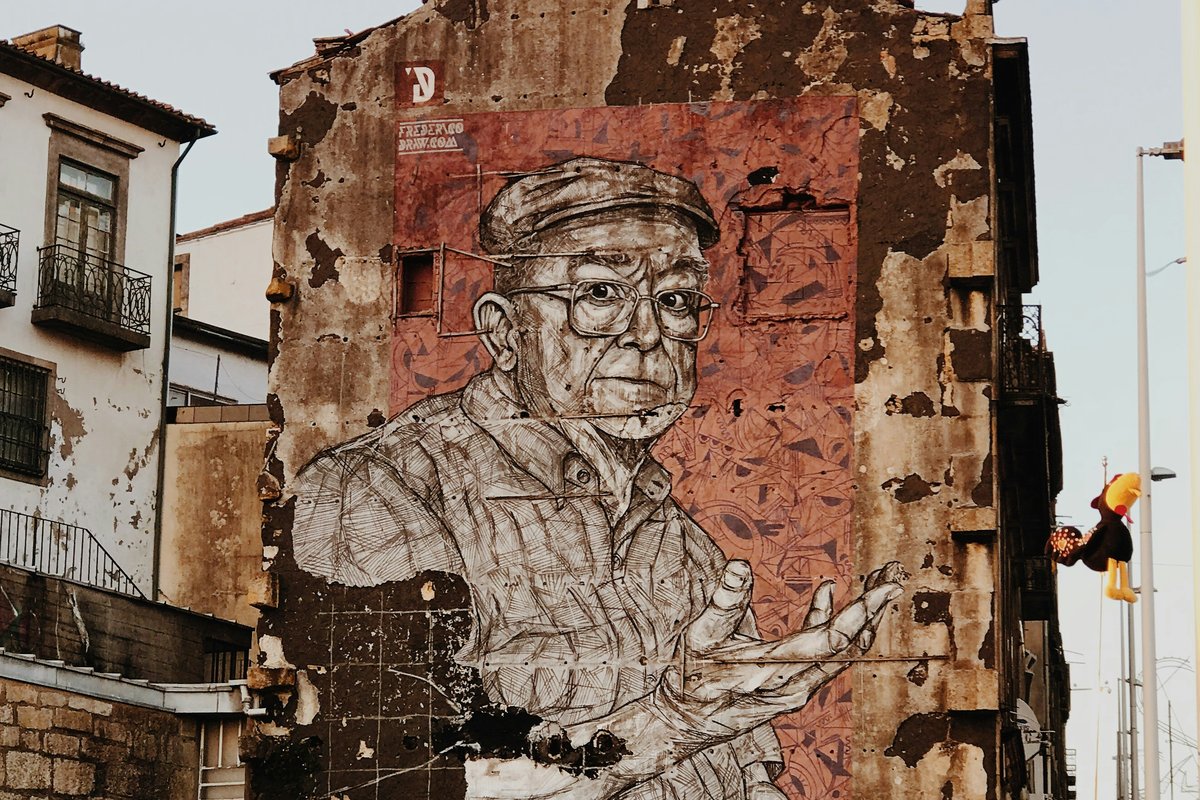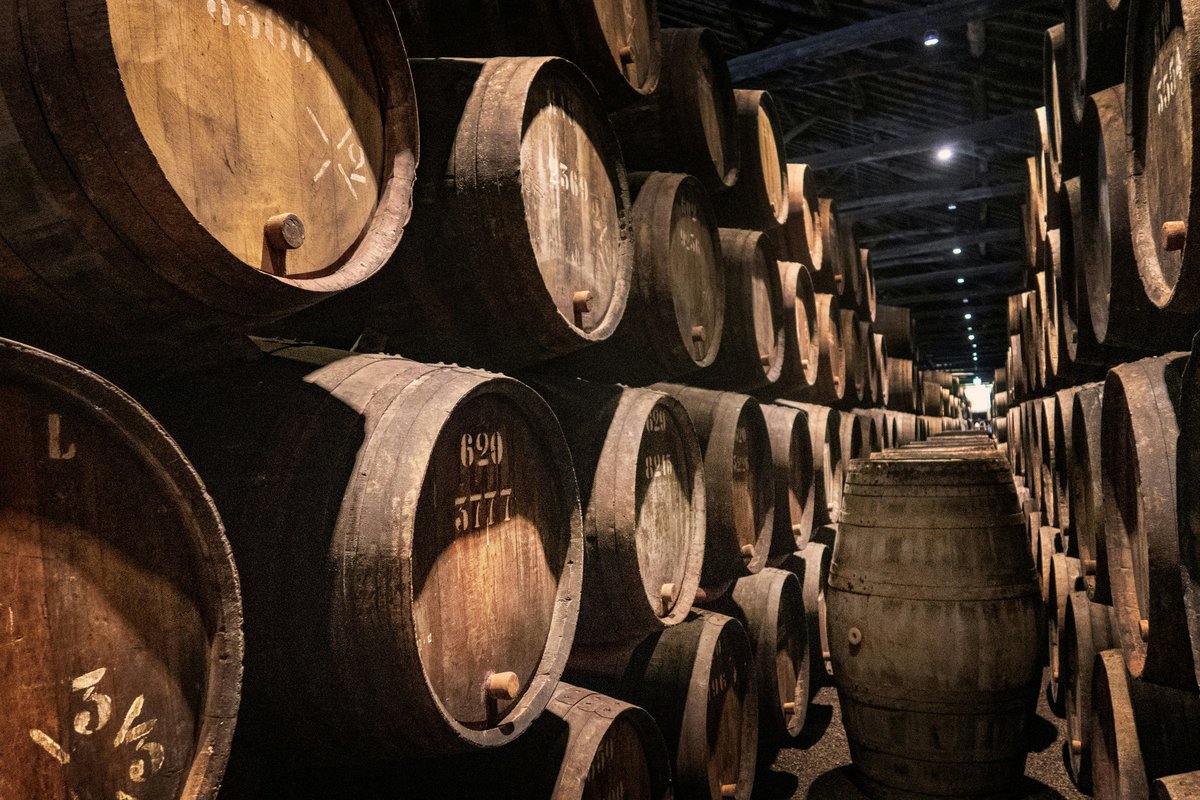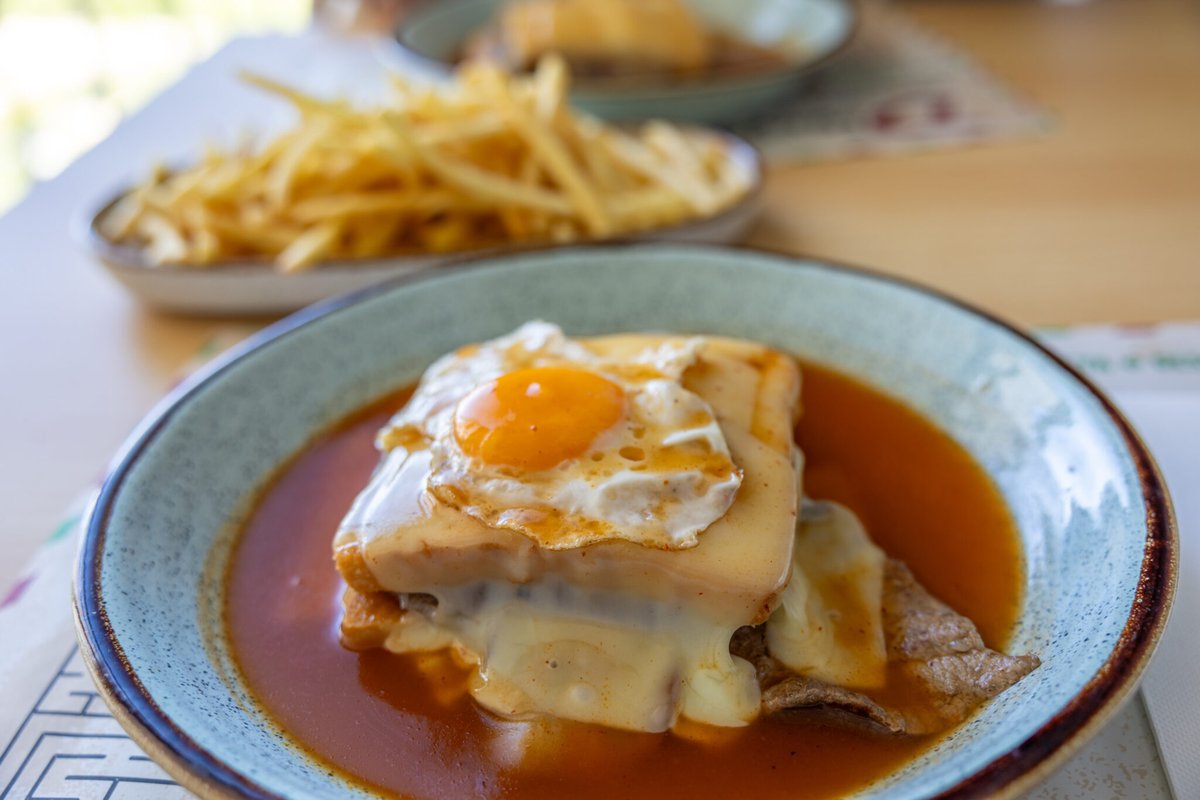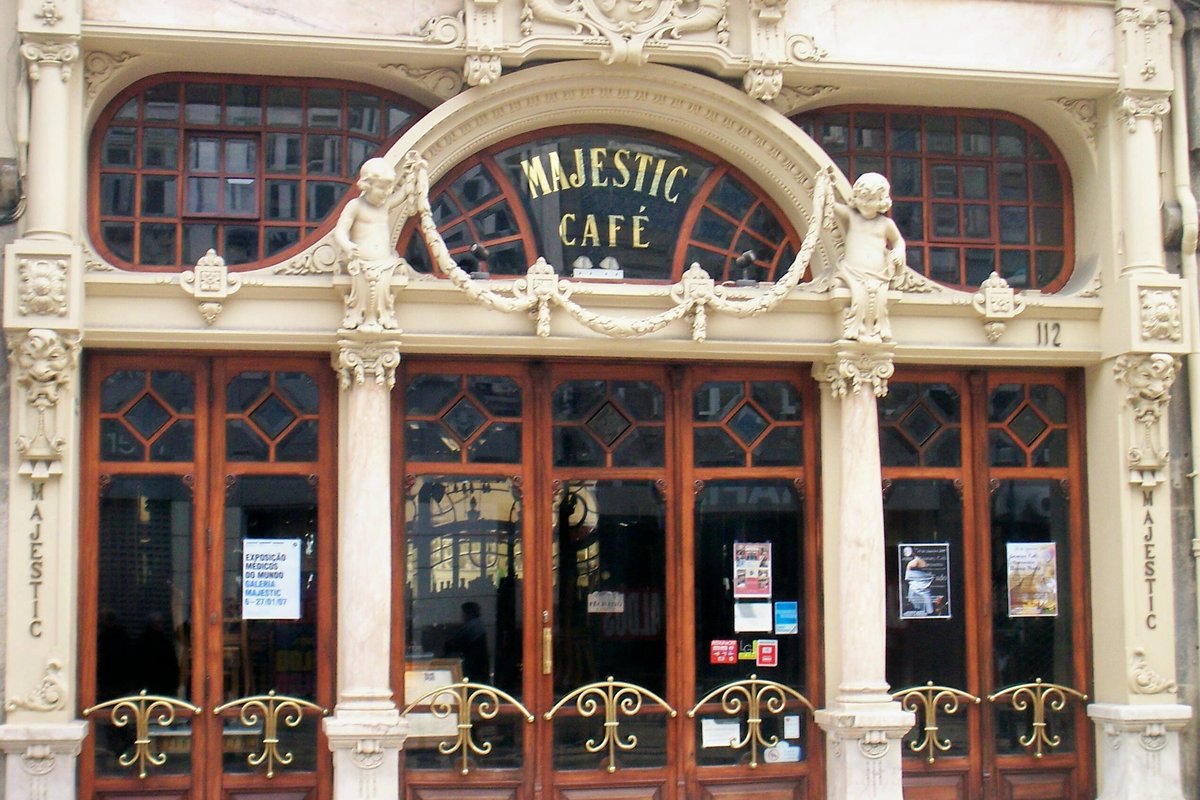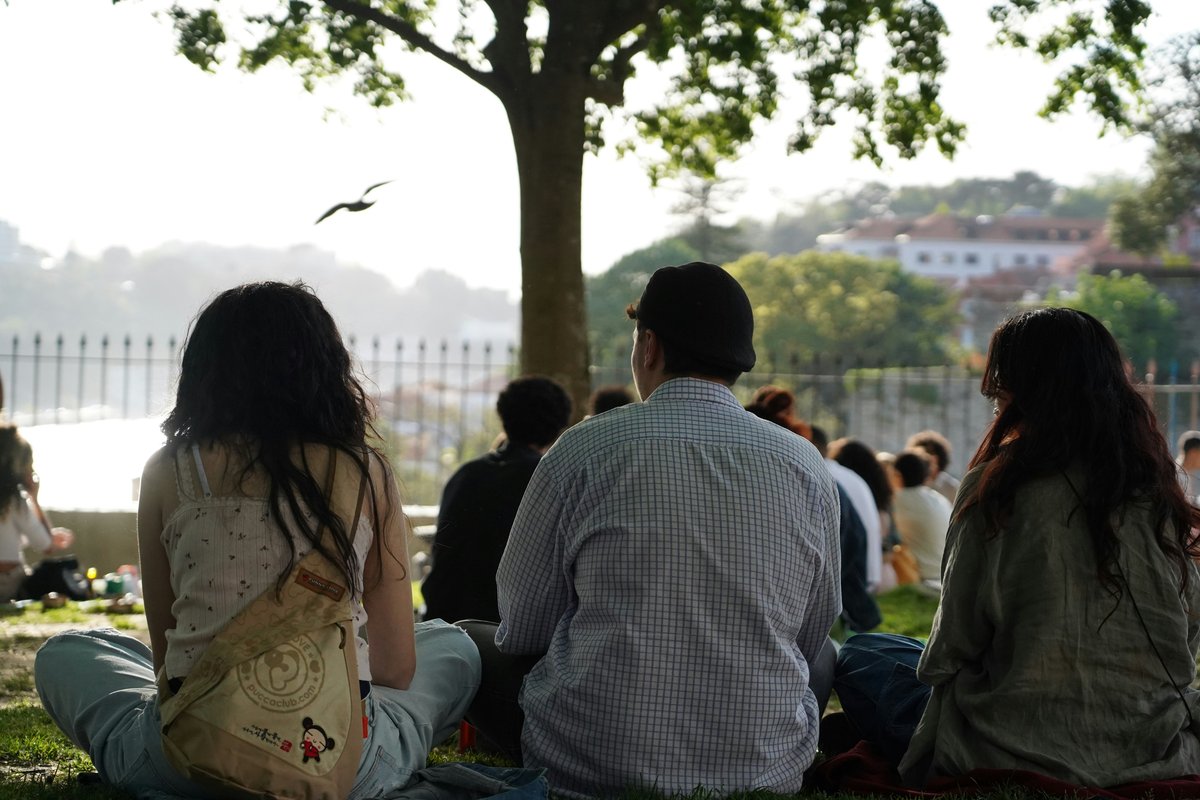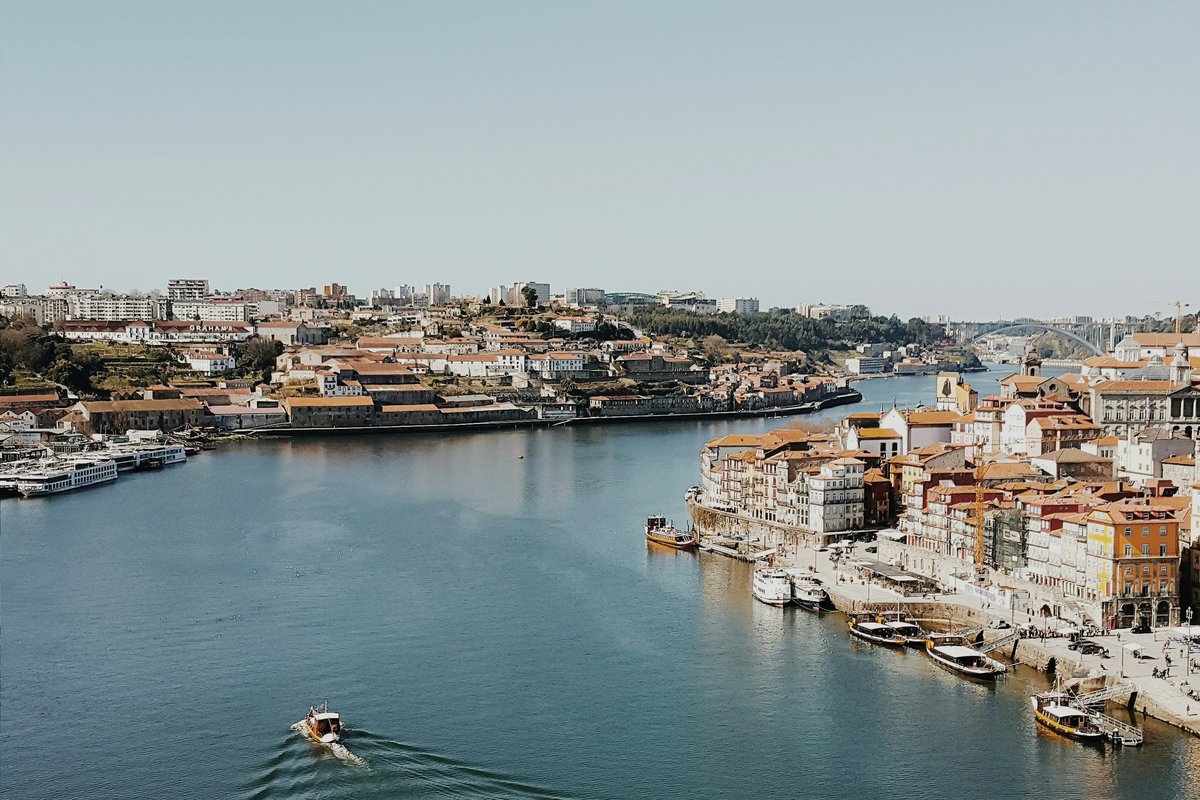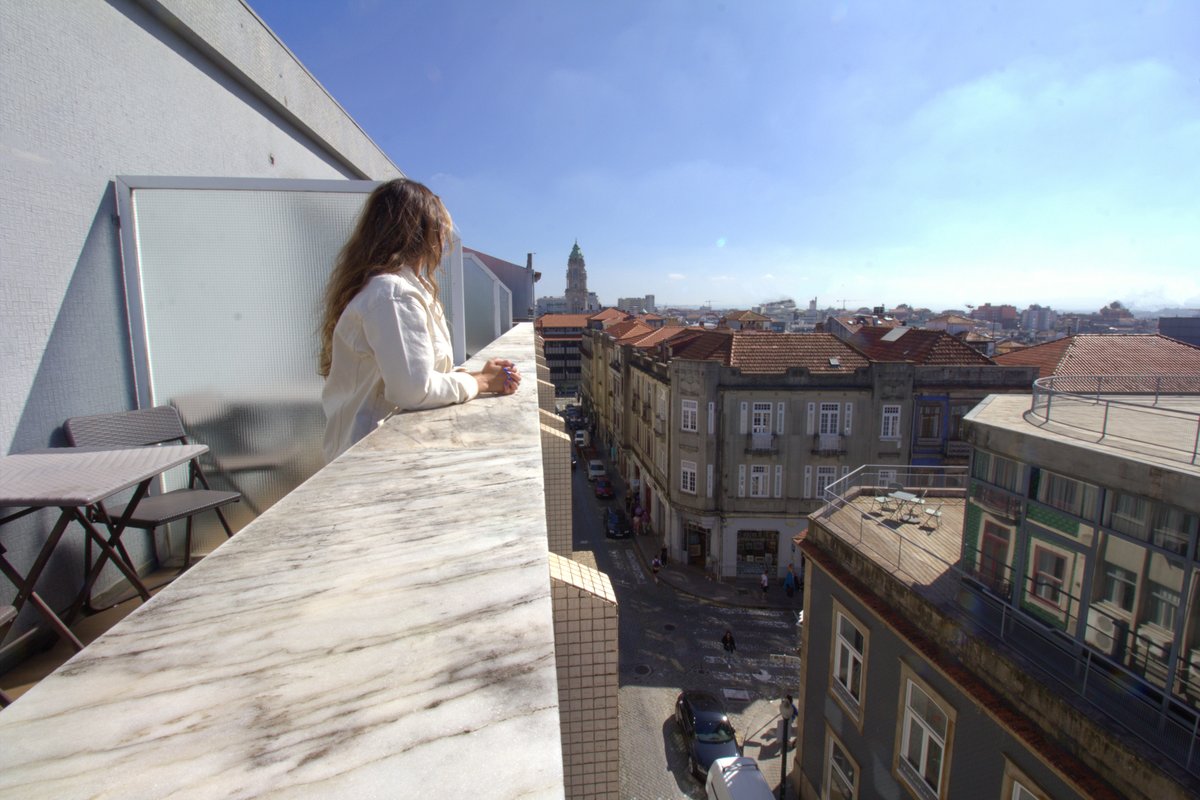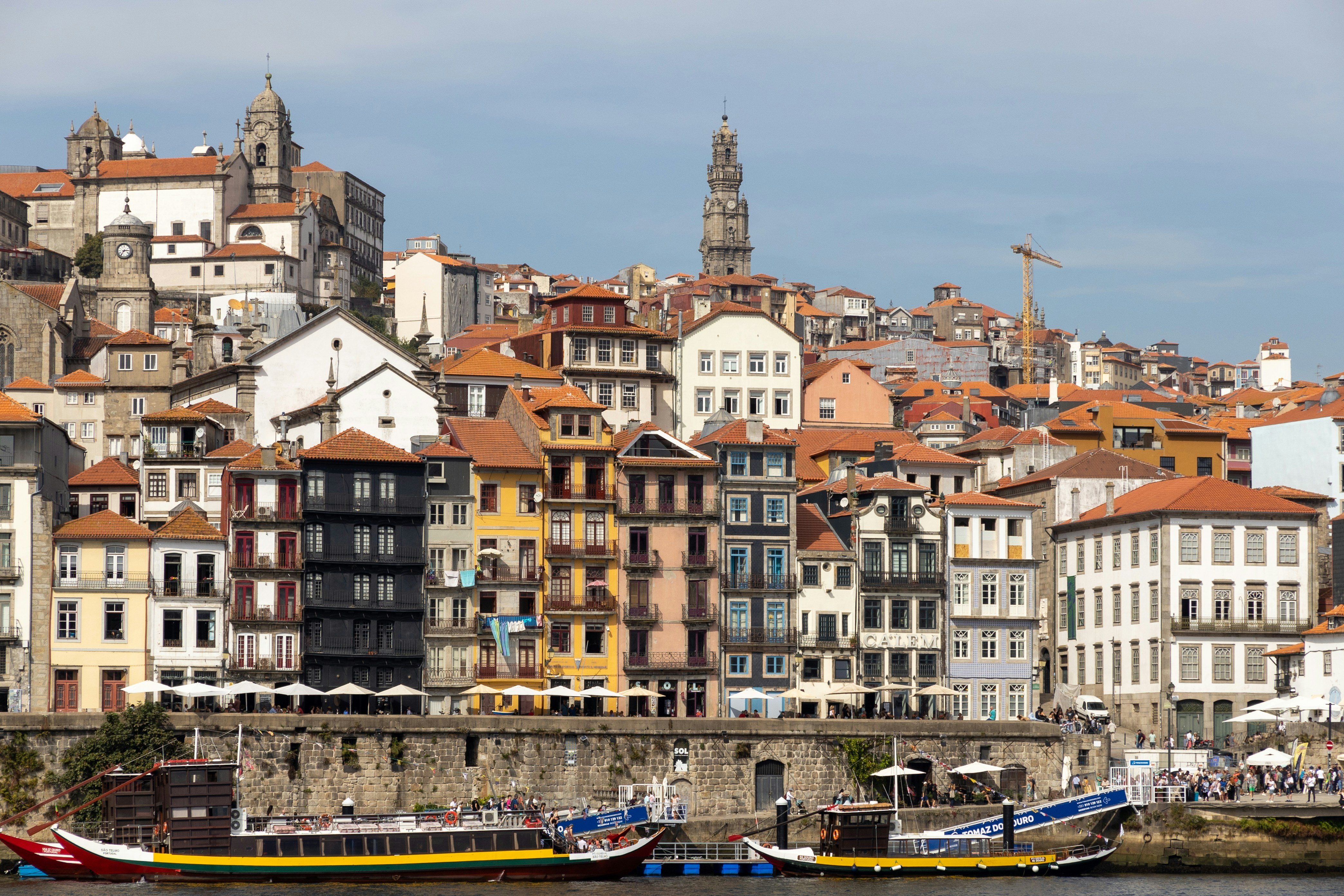

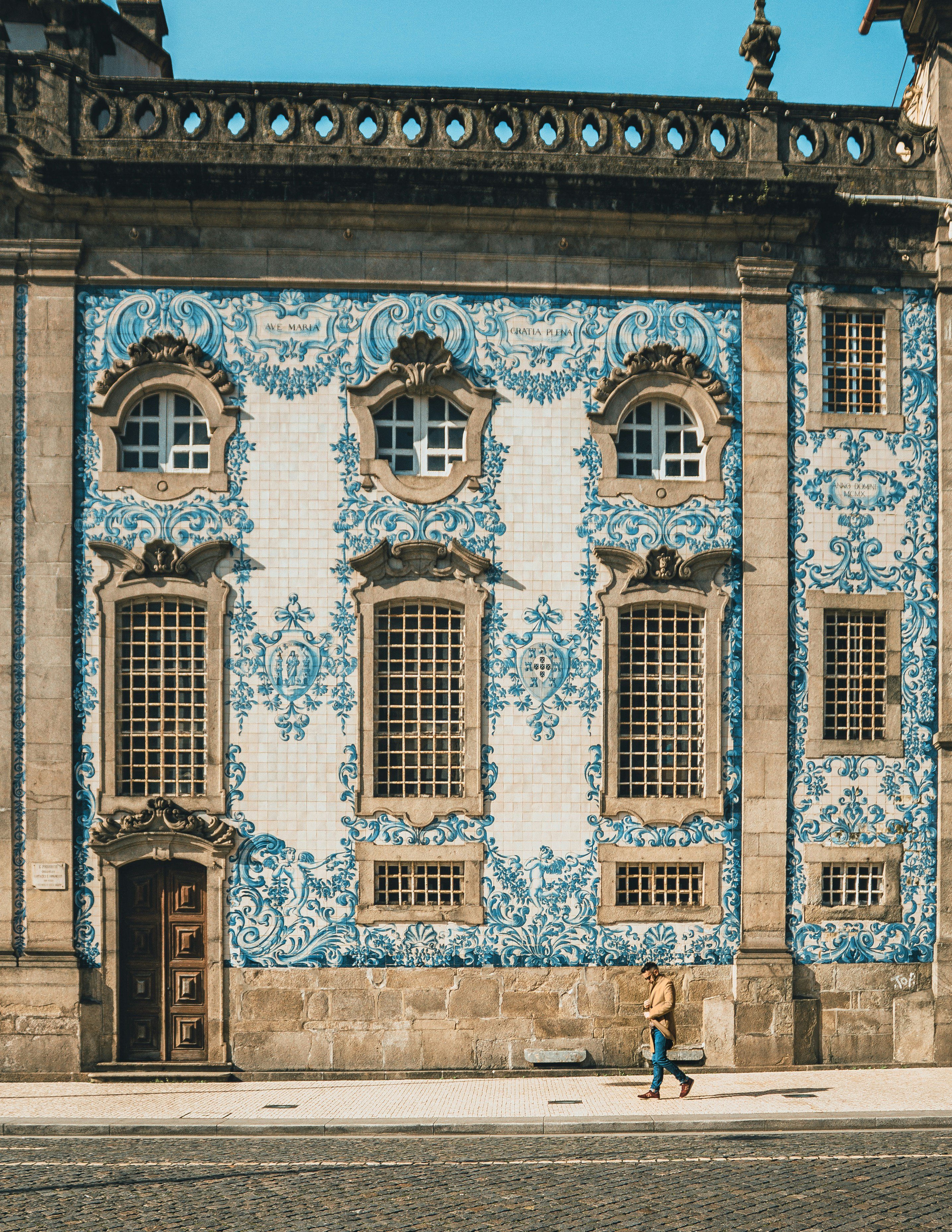

History, identity, and contemporary rhythm
Porto is a city where history unfolds around every corner—in the narrow streets with uneven cobblestones, on façades adorned with colorful tiles, and in monuments that bear witness to centuries of change. Here, you can feel the weight of a grand past, yet also the lightness of a vibrant, creative energy. The name “Portugal” has its roots in this city, descending from the ancient “Portus Cale,” which gave rise to the country itself. Recognized as a UNESCO World Heritage Site since 1996, Porto takes pride in its historical legacy while embracing the future with an innovative spirit evident in its architecture, culture, and cuisine.
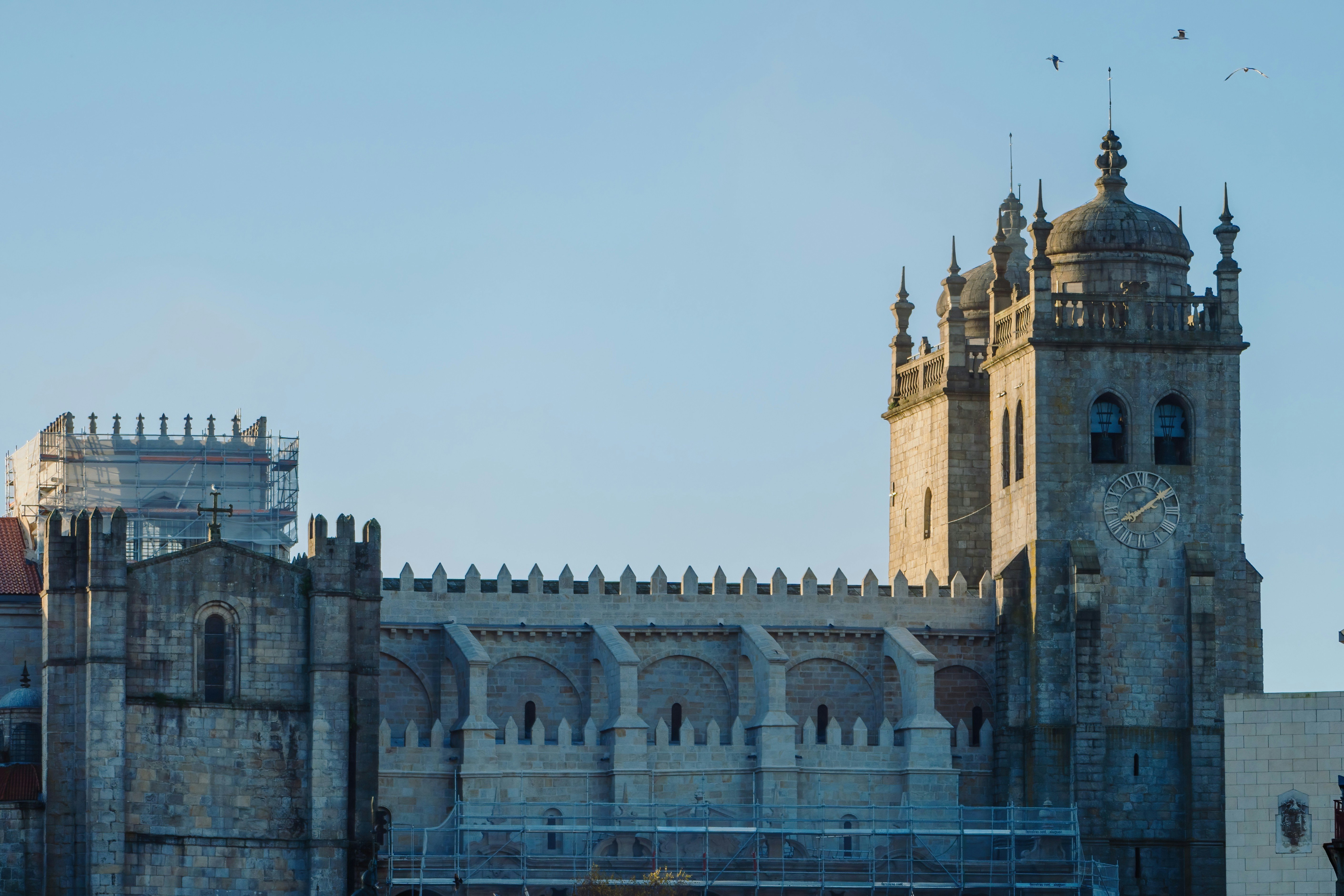

A heritage that leaves its mark
Start with the imposing Porto Cathedral, a structure dating back to the 12th century where Romanesque, Gothic, and Baroque styles coexist. Its 14th-century tiled cloisters and the loggia designed by Nicolau Nasoni make it one of the most impressive religious landmarks in northern Portugal.
Just a few steps away, the Church of São Francisco astonishes with the contrast between its Gothic exterior and an interior of almost unbelievable opulence, adorned with over 200 kilograms of gilded woodwork. Meanwhile, São Bento Station, a hub for arriving and departing visitors, turns the wait for a train into an artistic experience: around 20,000 hand-painted tiles depict historical and rural scenes with a beauty that leaves everyone in awe.
Among the city’s most famous landmarks is Livraria Lello, said to have inspired the world of Harry Potter, with its ornate staircase, colorful stained glass, and carved wooden shelves. For a panoramic view of the rooftops, the Douro River, and even the Atlantic, it’s worth climbing the 240 steps of the Clérigos Tower, a Baroque masterpiece that has become a symbol of the city.


Where tradition meets the avant-garde
But Porto is not just about the past. In the western part of the city stands the Serralves Museum, designed by Álvaro Siza Vieira, a world-renowned icon of contemporary architecture. The complex houses modern art exhibitions, the striking Serralves House, and landscaped gardens that invite leisurely strolls. Admission is free on the first Sunday of every month.
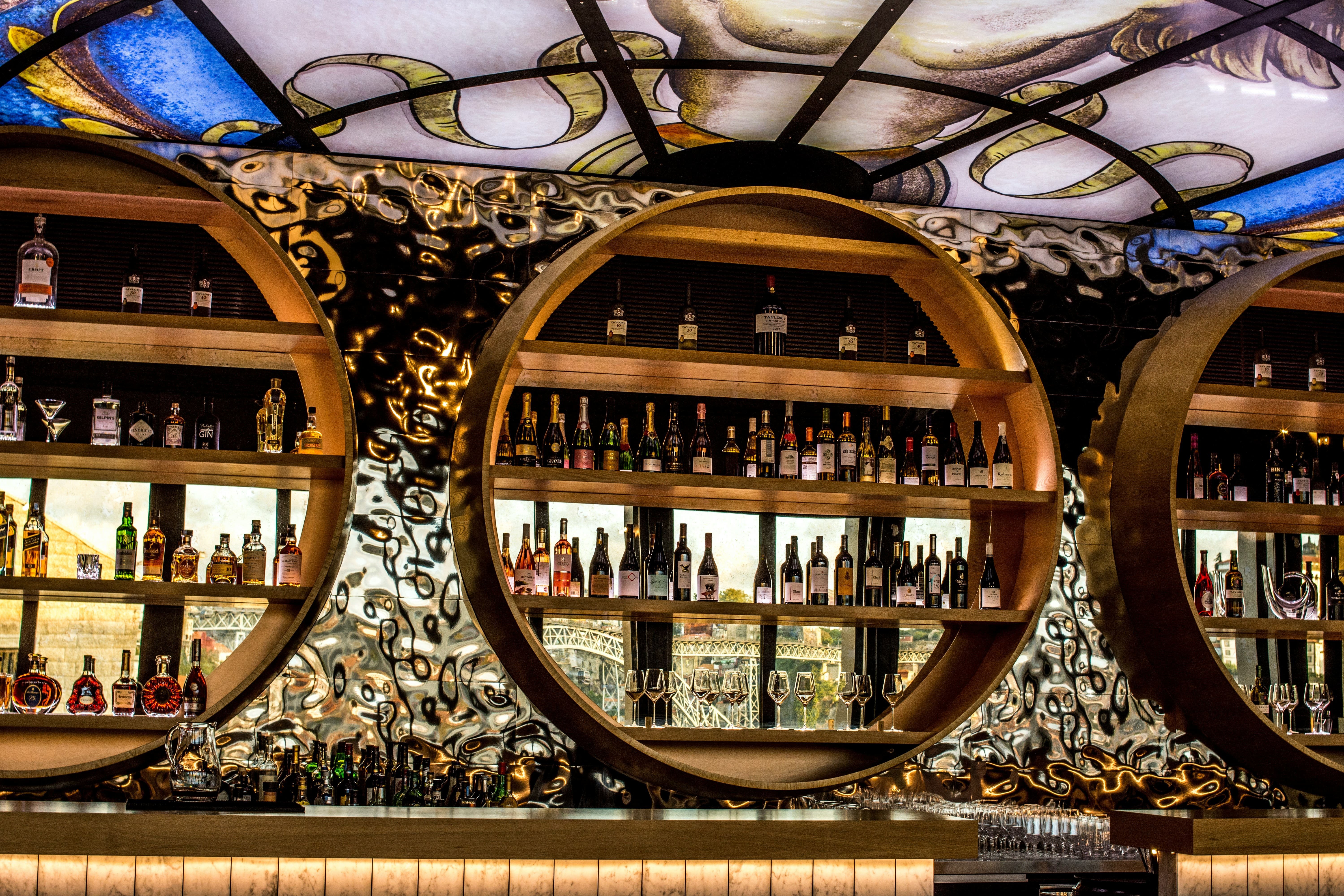

On the other side of the river, in Vila Nova de Gaia, the World of Wine (WOW) offers a unique museum and sensory experience. This cultural hub brings together themed museums, such as Planet Cork, Wine Experience, and Chocolate Story, along with restaurants overlooking the Douro, making it an excellent starting point to explore the world of Portuguese wine.
Local flavors and experiences
No visit to Porto is complete without a trip to the Port wine cellars in Gaia. Producers like Cockburn’s, Offley, and Ferreira offer guided tours and tastings, with options that include pairings with chocolate, cheese, or local snacks. The city’s winemaking tradition thus intertwines with its rich and authentic gastronomy.
The people of Porto, affectionately nicknamed “tripeiros,” keep emblematic recipes alive, such as tripas à moda do Porto, a hearty dish with humble origins. But it’s the francesinha—a generous sandwich filled with various meats, topped with melted cheese, and smothered in a spicy beer sauce—that has gained international fame. Places like Café Santiago, Brasão, and Yuko Tavern are must-visits for food lovers.
For a more refined break, Café Majestic on Rua de Santa Catarina offers a step back into the 1920s, with gilded mirrors and upholstered chairs. This was once a gathering place for writers and artists, and its bohemian spirit can still be felt over a coffee and a pastel de nata.
Segredos bem guardados
Despite its fame, Porto still holds surprising hidden spots. One of these is the Jardim das Virtudes, a tucked-away viewpoint that reveals itself at sunset as one of the best places to watch the sun dip over the Douro. Bring a bottle of wine and enjoy the view alongside locals and street performers.
The Foz do Douro area, where the river meets the sea, offers a calm and sophisticated contrast. Lavadores and Baía beaches are perfect for a relaxing afternoon, and the seaside restaurants serving fresh seafood make the end of the day even more special.
Tips to make the most of your visit
Exploring downtown Porto on foot is the best way to soak in its soul. The city center is compact but includes some steep climbs, so wear comfortable shoes. For longer distances, the metro is modern and efficient, connecting the airport to the city center in about 30 minutes. You can also cross the river by boat, taking advantage of the water taxis for a different perspective of the city.
The best time to visit Porto is between May and September, but for those who enjoy local festivals, the night of São João on June 23rd is an unmissable spectacle. The streets fill with lights, music, bonfires, balloons, and plastic hammers, while fireworks light up the sky over the Douro. On this night, forget about transportation and explore the city on foot, feeling the genuine pulse of Porto’s soul.
